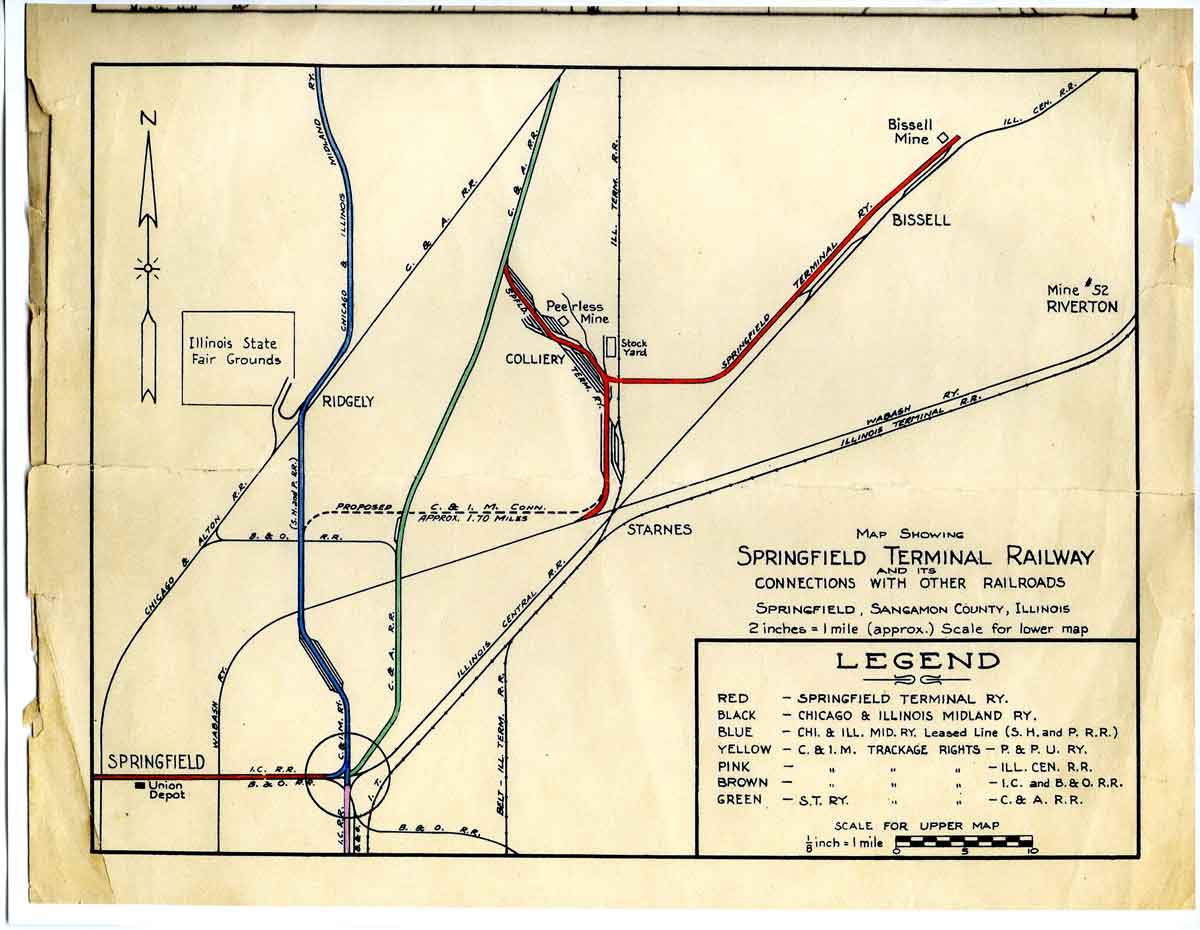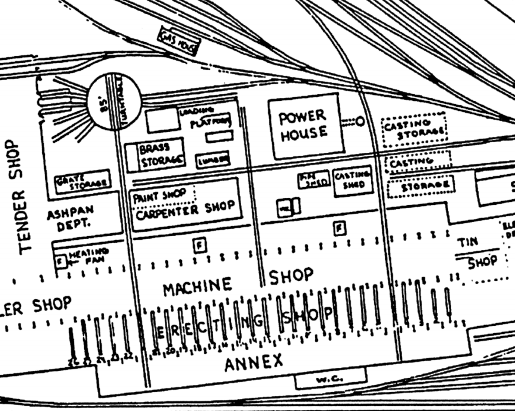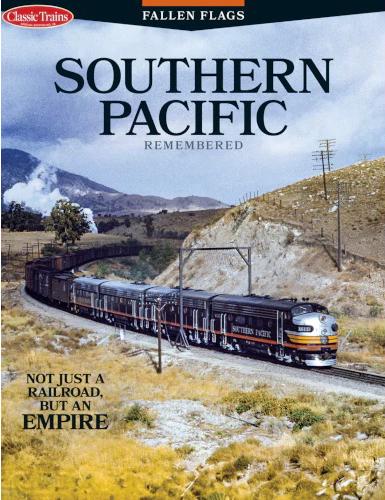The New York Central System was a vast and legendary railroad, connecting the East Coast to the Mississippi River. A key component — let alone multiples — to its long-lasting status as a powerhouse was the subsidiary railroads. Though operating under the Class I system, many of these New York Central components maintained distinct identities due to strong local loyalties.
Boston & Albany
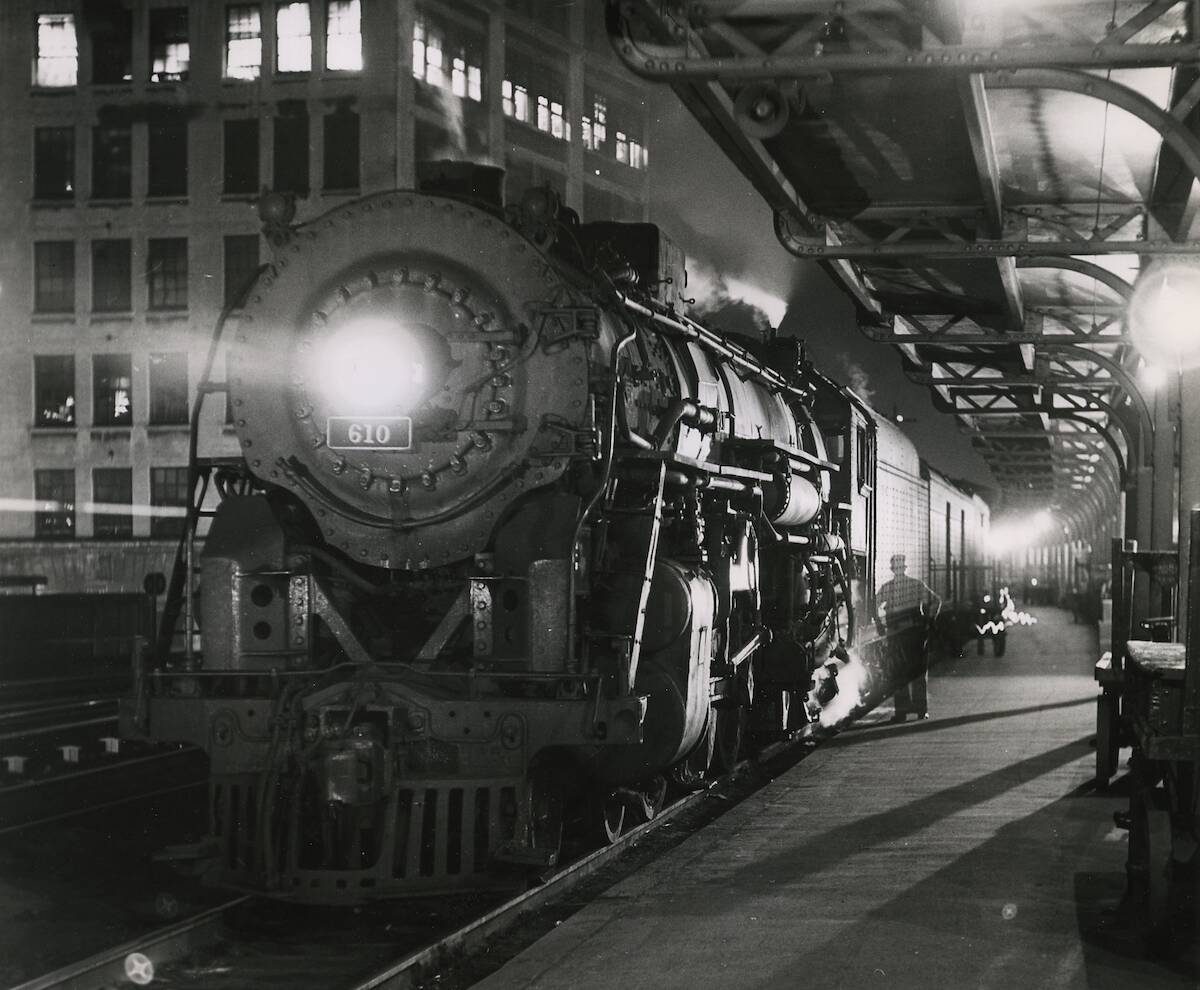
Formed in 1867 from the merger of the Boston & Worcester and the Western Railroad, the Boston & Albany Railroad aimed to establish a proper connection between Boston and New York State. Even before the merger, close ties between the Western and New York Central were developing, largely due to the Western’s president, Chester Chapin. The NYC and B&A formalized their relationship with a joint traffic agreement in 1880, which led to the Central leasing the railroad in 1900 to fully access the Boston market.
The New York Central heavily invested in the Boston & Albany’s infrastructure but couldn’t erase its unique identity, even by attempting to reletter B&A equipment in its early years. Despite merging into the NYC in 1961, many still refer to this subsidiary as the Boston & Albany for many years afterwards.
Cleveland, Cincinnati, Chicago & St. Louis — “Big Four Railroad”

This railroad was established in 1889 through the consolidation of the Cincinnati, Indianapolis, St. Louis & Chicago, the Cleveland, Columbus, Cincinnati & Indianapolis, and the Indianapolis & St. Louis. Quickly becoming known as the Cleveland, Cincinnati, Chicago & St. Louis, it earned the “Big Four Railroad” nickname due to the four major cities it served. St. Louis, in particular, was a significant draw for the New York Central’s continual westward expansion.
The NYC acquired the Big Four Railroad in 1906, though it continued to operate independently. Other railroads, such as the Bellefontaine Railroad (the “Bee Line”) and the Evansville, Indianapolis & Terre Haute, were later added to the subsidiary. The Big Four was fully consolidated into the NYC in 1930.
Michigan Central
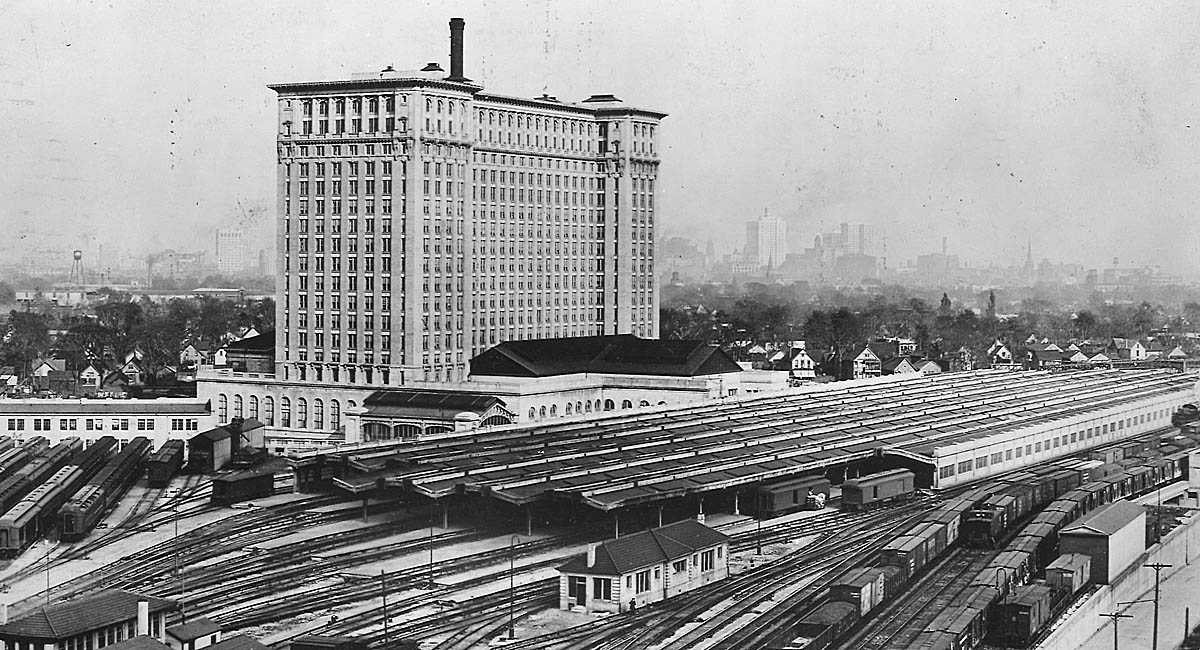
Connecting Detroit with Lake Michigan was the railroad’s goal even before the territory became a state in 1837. The Michigan Central Railroad was founded in 1846 by Boston lumber industrialists to acquire the struggling “Central” line from the State of Michigan and complete the cross-state connection. It successfully reached Chicago in 1852. The prosperity by the 1860s-70s attracted the attention of Commodore Cornelius Vanderbilt and his New York Central empire.
Vanderbilt began purchasing Michigan Central stock to create an alternative New York-Chicago corridor via Detroit and Buffalo/Niagara Falls through the Canada Southern Railway, which the New York Central acquired in 1876 and merged into the MC in 1882. The Michigan Central came under full control of the NYC in 1930. The name endures today, notably with the preserved Michigan Central Station in Detroit.
New York, Chicago & St. Louis — “Nickel Plate Road”
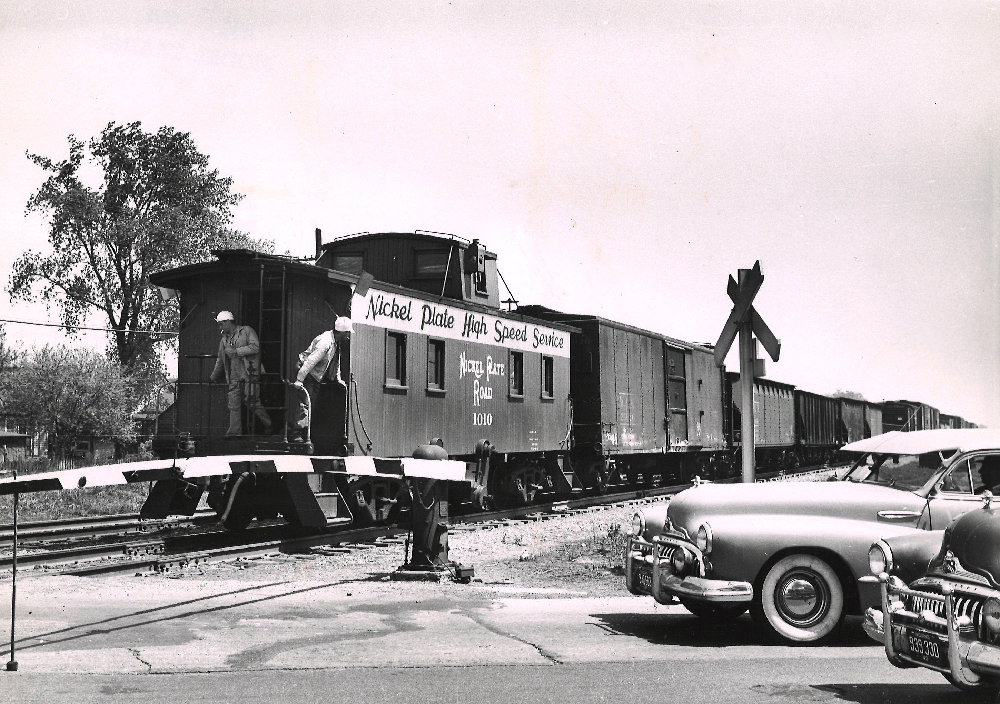
The Nickel Plate Road was formed in 1881 to compete with the Central’s Lake Shore & Michigan Southern Railway along the Buffalo-Chicago corridor. However, the true threat to the NYC and William H. Vanderbilt (who inherited the railroad from his father, Cornelius, in 1877) came from Jay Gould and his Erie Railroad.
To counter Gould, Vanderbilt acquired the Nickel Plate Road in January 1883. By 1916, the acquisition was no longer financially viable. Under pressure from the Interstate Commerce Commission that same year, the NYC sold its NKP stocks to Cleveland’s Van Sweringen brothers. With the sale the NYC/NKP relationship came full circle, transitioning from rival to asset and back to rival.
Lake Shore & Michigan Southern

This railroad originated in 1869 through the merger of several fledgling companies, some dating back to 1837. The conglomerate formed a Buffalo-Chicago main line, which was completed in 1852. Erastus Corning, founder and first president of the New York Central, recognized the potential of the LS&MS with the immediate goal of reaching Chicago.
While Corning initiated relationships with the Lake Shore & Michigan Southern, his successor, Cornelius Vanderbilt, set in motion a planned acquisition. The majority stock in the company was purchased, but it wasn’t until 1914 that the Lake Shore & Michigan Southern fully merged into the New York Central.
Pittsburgh & Lake Erie
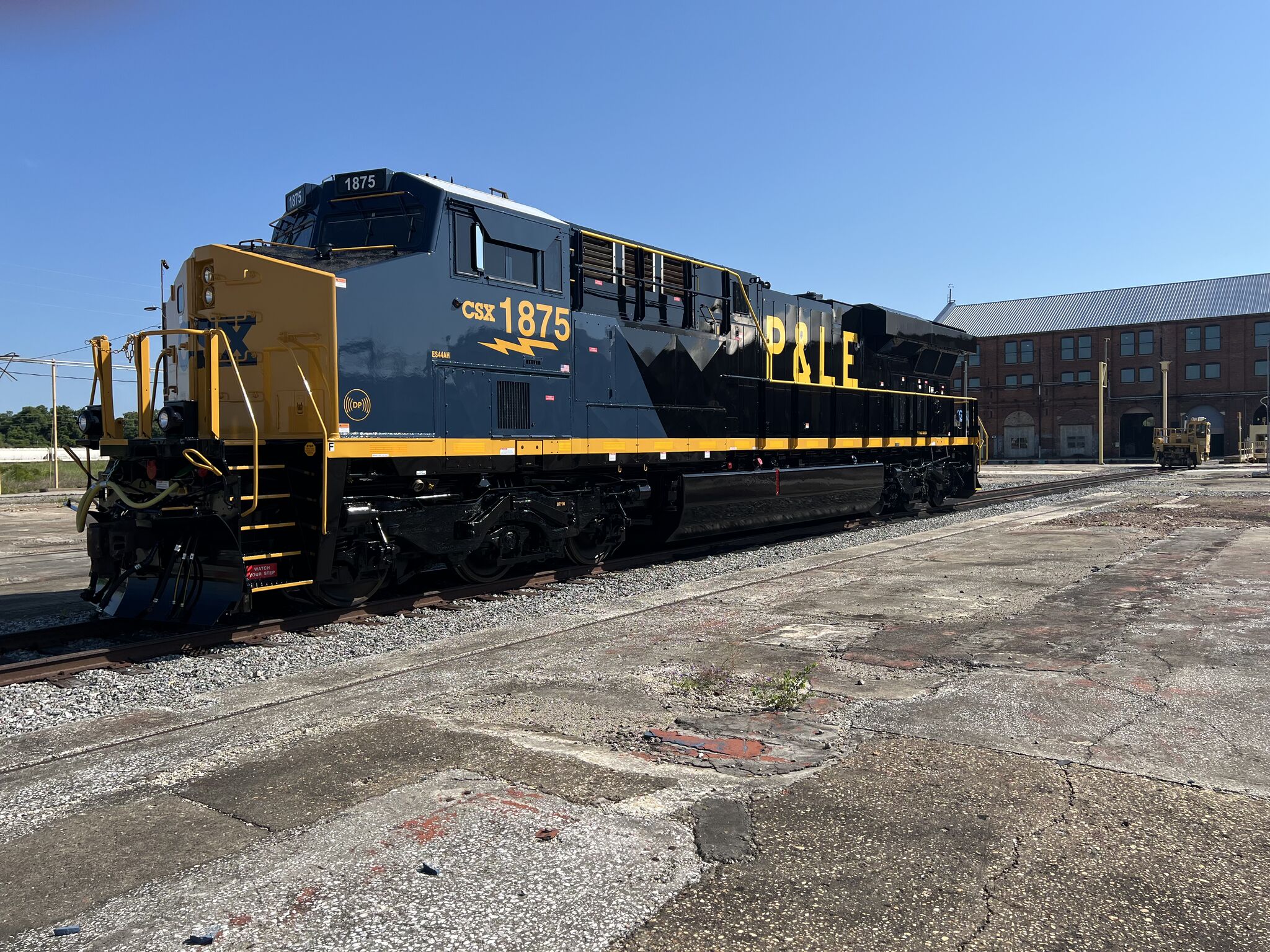
The Pittsburgh & Lake Erie was established in 1875 to connect Pittsburgh with the Ohio River and ultimately Youngstown, Ohio. Construction began in 1878 and was completed a year later. John Newell, Lake Shore & Michigan Southern president, saw the potential for this new railroad to join the NYC family.
In the 1880s, the relationship between the New York Central and the Pittsburgh & Lake Erie flourished under Newell and the LS&MS. The P&LE received assistance for its extension to Connellsville, Pa., in 1883, and Newell became president of the railroad. Despite the “family ties,” the Pittsburgh & Lake Erie never fully merged into the New York Central, remaining independent and outlasting the NYC until its closure in 1993.
Toledo & Ohio Central
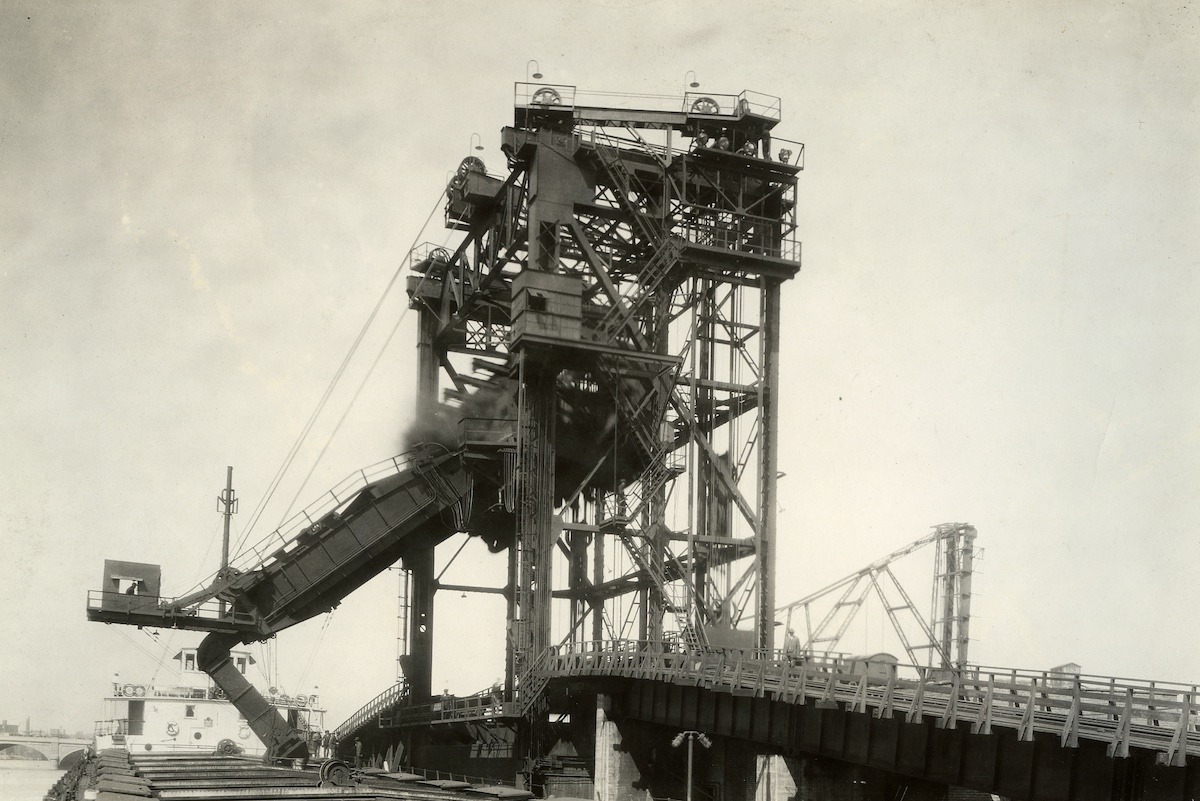
Originally chartered as the Atlantic & Lake Erie in 1869, the main line between Toledo and Pomeroy, Ohio, was developed to access nearby coalfields. Through a series of reorganizations and acquisitions, the railroad emerged in 1885 as the Toledo & Ohio Central. It not only reached Pomeroy but extended further into the Ohio River region.
The prosperous Toledo & Ohio Central, known for its successful carloading, attracted the New York Central’s attention. The T&OC was leased to the NYC in 1922 and fully merged into the system by 1938.







